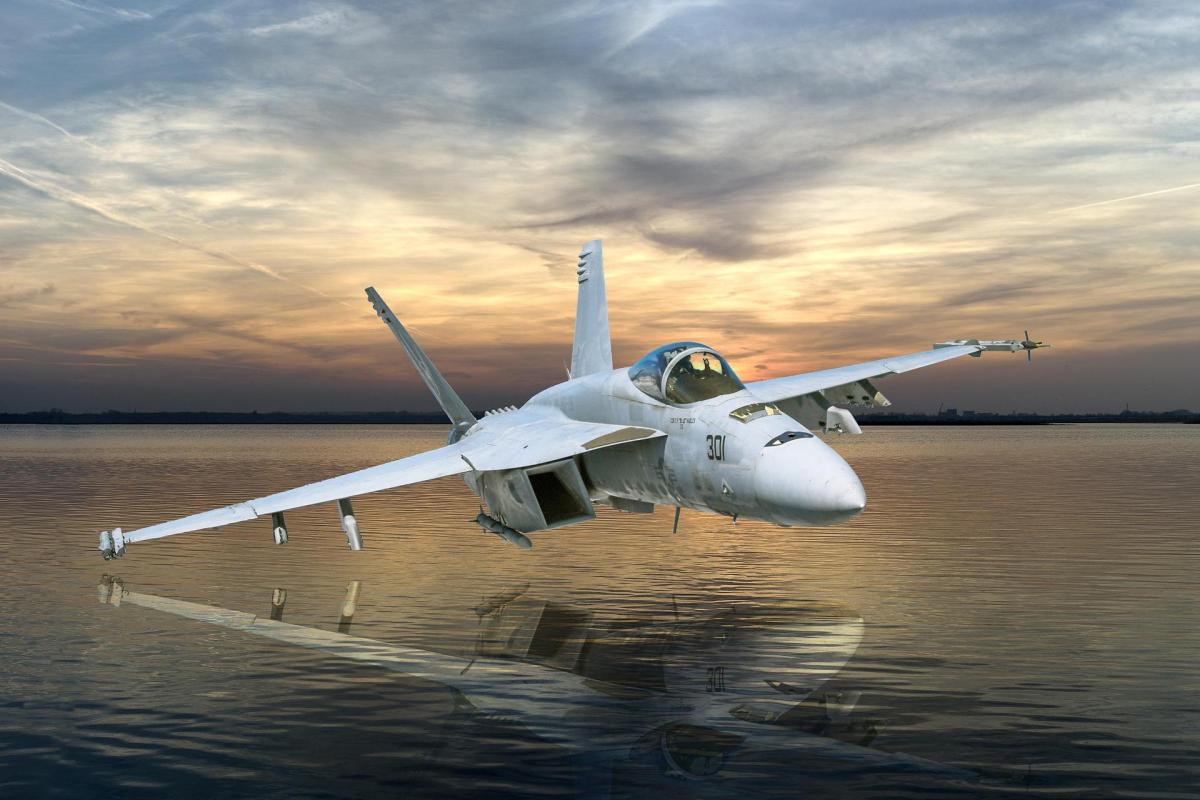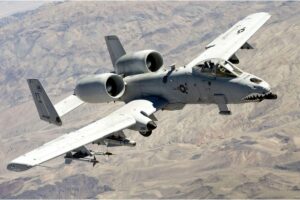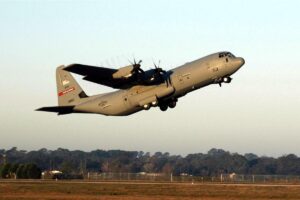Understanding RS-422 to 1553 Protocol Conversion
Introduction
In complex technological systems, particularly in aerospace, defense, and industrial automation, ensuring reliable communication between subsystems is critical. Many legacy and modern components use different data communication protocols, making integration a significant challenge. One such challenge arises when attempting to interface RS-422-based equipment with systems that communicate over the MIL-STD-1553 protocol. RS-422 to 1553 protocol converters are essential in these scenarios, acting as bridges that translate, synchronize, and adapt data for seamless communication. This white paper provides an in-depth understanding of RS-422 to 1553 protocol conversion, including the necessity, architecture, design considerations, challenges, applications, and future trends.
1. Overview of Communication Protocols
1.1 RS-422 Protocol Basics
RS-422 is a balanced differential signaling protocol that allows for high-speed data transmission (up to 10 Mbps) over long distances (up to 1,500 meters). It is commonly used in applications where noise immunity and distance are critical. It supports one driver and up to ten receivers, making it suitable for point-to-multipoint configurations. RS-422 is simple, lightweight, and cost-effective, making it popular in embedded and real-time control systems.
1.2 MIL-STD-1553 Protocol Fundamentals
MIL-STD-1553 is a military-standard protocol widely used in avionics and aerospace for deterministic, fault-tolerant communication. Operating at 1 Mbps over a dual-redundant bus with transformer-coupled devices, 1553 is based on a command/response format managed by a bus controller. The protocol is known for its predictability, synchronization, and support for critical systems requiring time-sensitive and redundant communication paths.
1.3 Compatibility Challenges
The stark contrast between RS-422 and 1553 lies in their physical layers, data framing, and control mechanisms. RS-422 transmits data asynchronously and lacks a control structure, while 1553 is synchronous and command-driven. Bridging these protocols requires more than electrical conversion—it demands a deep understanding of timing, data packaging, and message management.
2. The Role of RS-422 to 1553 Converters
2.1 Functional Purpose
The core purpose of RS-422 to 1553 converters is to enable data translation from asynchronous RS-422 devices to the synchronous, time-controlled 1553 bus. This enables legacy systems, sensors, and data-generating equipment to communicate within modern MIL-STD-1553 networks without extensive hardware redesign.
2.2 Bridging Protocol Layers
Converters must align multiple layers—from physical to application. This includes translating electrical signal levels, encapsulating RS-422 data within 1553 message formats, and ensuring data integrity and timing alignment.
2.3 Benefits of Conversion
- Cost Efficiency: Reduces need to replace RS-422 equipment.
- System Longevity: Extends usability of legacy components.
- Interoperability: Ensures cross-platform communication.
- Simplicity: Streamlines integration within hybrid communication environments.
3. Converter Design Architecture
3.1 Input and Output Interface Design
On the RS-422 side, the converter requires differential line receivers capable of detecting standard RS-422 voltage levels. On the 1553 side, transformer-coupled transceivers ensure compatibility with bus impedance and fault isolation standards.
3.2 Protocol Translation Engine
The heart of the converter is a microcontroller or FPGA programmed to parse RS-422 input data, apply necessary formatting, and encapsulate it into valid 1553 messages. This includes addressing, command response compliance, and parity or CRC generation.
3.3 Synchronization and Timing Control
Since RS-422 is asynchronous and 1553 is synchronous, converters must use FIFO buffers and clocks to align data appropriately. Timing engines coordinate message insertion into 1553 time slots without violating bus arbitration rules.
3.4 Power Supply and Environmental Tolerance
Converters designed for military or aerospace use must withstand wide temperature ranges, vibrations, and electrical noise. They typically include ruggedized enclosures, voltage regulators, ESD protection, and EMI shielding.
4. Communication Scenarios and Integration Examples
4.1 Avionics Retrofits
Many older aircraft rely on RS-422 instruments for navigation, flight data, and telemetry. When modernizing avionics to include mission computers that use MIL-STD-1553, converters play a vital role in enabling data flow between old and new subsystems.
4.2 Unmanned Aerial Vehicles (UAVs)
UAVs often combine cost-effective RS-422 sensors with 1553 mission data buses. Protocol converters help balance weight, performance, and integration needs without redesigning system architectures.
4.3 Spacecraft and Satellite Systems
RS-422 is favored in spacecraft subsystems due to its simplicity and low power draw. When these components need to interface with 1553-based spacecraft buses or ground stations, protocol converters enable integration while maintaining signal integrity.
4.4 Industrial Automation
In automation environments where legacy sensors use RS-422 and controllers demand 1553-based input, converters provide a path for data translation and legacy system preservation.
4.5 Ground Vehicle Communications
Defense vehicles often include RS-422-based legacy sensors and controls. Integrating these with 1553 networks for command, control, and navigation allows for enhanced system interoperability without excessive cost.
5. Data Translation Challenges
5.1 Timing and Latency
RS-422 data arrives asynchronously, while MIL-STD-1553 expects data to be available in a tightly controlled schedule. Misalignment can cause data loss or delayed communication. Accurate buffering and time-stamping are critical.
5.2 Message Size and Framing Differences
RS-422 typically transmits streams or packets without a formal header, while 1553 uses defined words, command/status pairs, and parity. Converters must generate complete message structures from unstructured input.
5.3 Error Detection and Correction
Converters need to detect corrupted RS-422 data and apply parity or CRC checks to align with the error management mechanisms of 1553. They must also gracefully handle invalid or malformed data.
5.4 Bus Arbitration and Scheduling
MIL-STD-1553 is governed by a bus controller that schedules communication. The converter must not only passively provide data but also participate in the timing structure to avoid violating bus protocols.
6. Compliance and Certification Requirements
6.1 MIL-STD-1553 Certification
To be accepted in aerospace and military applications, converters must conform to the complete MIL-STD-1553B specification. This includes transformer coupling, redundant bus compatibility, and deterministic timing.
6.2 DO-160, DO-178C, and DO-254
Converters used in airborne systems must be certified for hardware reliability (DO-254), software integrity (DO-178C), and environmental resistance (DO-160). Compliance ensures safety and airworthiness.
6.3 NATO and STANAG Compatibility
For multinational defense collaborations, NATO STANAG and similar standards apply. Protocol converters must adhere to these interoperability specifications.
6.4 Cybersecurity Standards
As protocol converters increasingly reside in networked environments, they must protect against unauthorized access, spoofing, and data leaks. Secure boot, encryption, and logging capabilities are essential.
7. Advanced Converter Features
7.1 Built-In Test (BIT)
BIT capabilities help identify faults during operation, increasing reliability. They include loopback tests, signal quality monitoring, and voltage/current diagnostics.
7.2 Programmability and Customization
FPGAs or microcontrollers used in converters often allow configuration of baud rates, data formats, and 1553 roles (Remote Terminal, Bus Controller). This enhances versatility.
7.3 Redundancy and Failover
High-reliability systems may include dual converters in active/passive configurations to ensure continued operation in the event of failure.
7.4 Data Logging and Analysis
Some converters support logging of translated data for debugging, post-flight analysis, or system health monitoring.
7.5 Remote Management and Updates
Modern converters may include serial or Ethernet interfaces for remote firmware updates, monitoring, or control.
8. Implementation Best Practices
8.1 Requirements Assessment
Begin with a detailed analysis of system data rates, timing constraints, message formats, and environmental conditions. This informs converter selection and configuration.
8.2 Isolation and Grounding
Proper electrical isolation and grounding are essential to prevent noise and transient issues, especially in mixed-signal environments like aircraft.
8.3 EMI/EMC Compliance
Ensure converters are shielded and tested for electromagnetic compatibility. Signal integrity and protection circuits are vital for stable operation.
8.4 Documentation and Lifecycle Support
Full documentation, including datasheets, user manuals, and test reports, ensures smooth integration. Select vendors with strong support and long lifecycle guarantees.
8.5 Integration Testing and Validation
Before deployment, perform thorough testing in simulated operational environments. Validate timing, message accuracy, and failure modes.
9. Future Trends and Innovations
9.1 AI-Augmented Converters
Artificial intelligence may be used to analyze data patterns, optimize translation performance, and predict failure conditions. Intelligent converters will adapt to traffic loads and detect anomalies.
9.2 Convergence with Software-Defined Systems
As systems evolve toward software-defined architectures, protocol conversion may shift to centralized computing platforms, with dynamic allocation of translation tasks.
9.3 Integrated Cybersecurity Frameworks
Expect to see protocol converters with native support for encryption, secure key exchange, and authenticated firmware updates to meet modern cybersecurity demands.
9.4 Multi-Protocol Gateways
Some platforms require bridging not just RS-422 and 1553, but other protocols like CAN, ARINC 429, or Ethernet. Next-gen converters will function as multi-protocol gateways.
9.5 Miniaturization and Ruggedization
Advancements in materials and manufacturing are driving miniaturized, rugged converters suitable for UAVs, satellites, and wearable systems.
10. Conclusion
Understanding RS-422 to 1553 protocol conversion is essential for engineers and system architects tasked with integrating legacy and modern communication systems. These converters not only facilitate interoperability but also preserve hardware investments, improve system flexibility, and ensure mission-critical data flows reliably. With the evolution of embedded systems, cybersecurity, and AI, protocol converters are poised to become even more intelligent, adaptable, and vital to the future of integrated communication systems.





